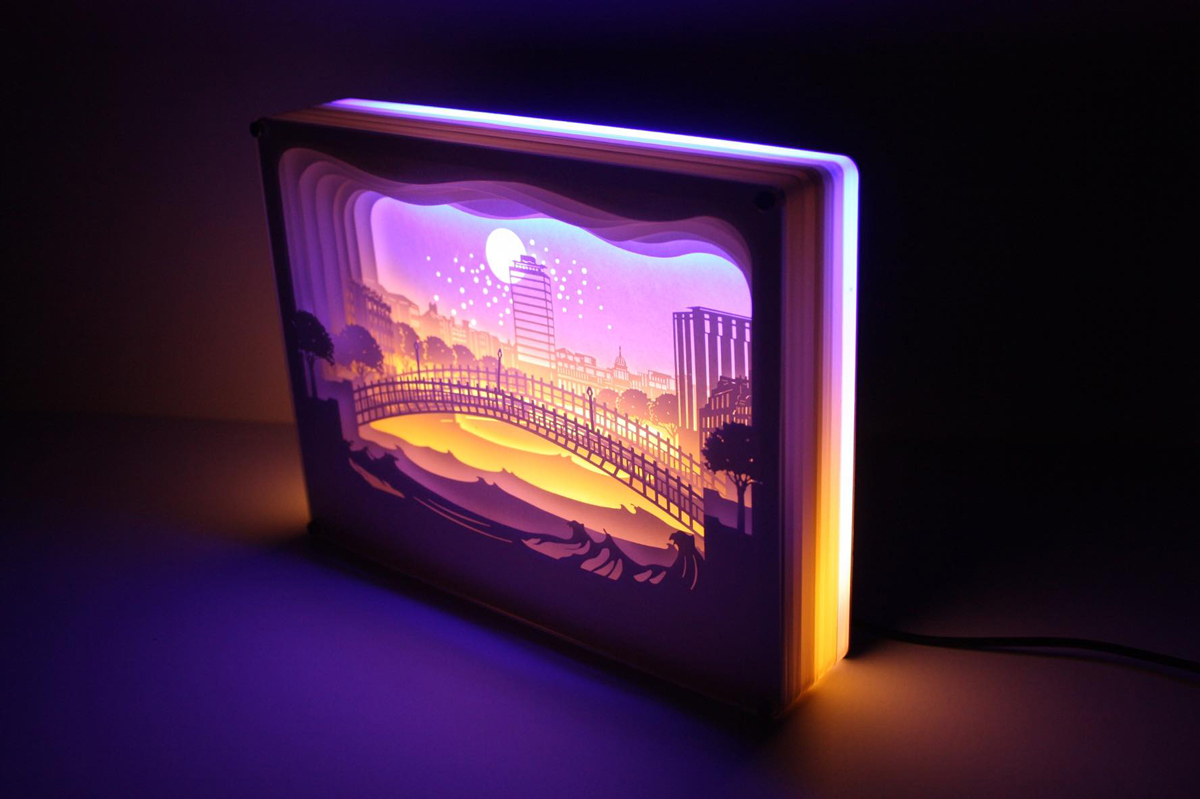

Articles
What Are Light Boxes
Modified: January 16, 2024
Looking for craft storage solutions? Discover the benefits of light boxes for organizing and storing your craft supplies. Maximize your creativity with functional and stylish craft storage options.
(Many of the links in this article redirect to a specific reviewed product. Your purchase of these products through affiliate links helps to generate commission for Storables.com, at no extra cost. Learn more)
What Are Light Boxes
A light box, also known as a light panel or illuminated display, is a device used to showcase and highlight images, graphics, or text in a visually appealing way. It consists of a flat surface made of translucent material, usually glass or acrylic, which is evenly illuminated from behind by a light source. The light passes through the surface, creating an evenly distributed and bright display.
Light boxes are commonly used in a variety of industries and settings, including advertising, retail, photography, art, and medical fields. They offer a versatile and eye-catching means of displaying information and imagery. Let us take a closer look at how light boxes work and their various types and benefits.
Read more: How To Install Vanity Light Junction Box
How Light Boxes Work
The basic principle behind a light box is to evenly distribute light across a translucent surface. This is achieved through a combination of the light source, the reflective backing material, and the translucent surface. LED lights are commonly used as the light source for their energy efficiency and long lifespan.
LED lights are positioned behind the translucent surface, usually within a frame or panel. The light is then diffused and distributed evenly across the surface. This even distribution ensures that the images or text displayed on the surface are well-lit and visually appealing.
Types of Light Boxes
Light boxes come in various sizes, shapes, and forms to suit different needs. Some common types of light boxes include:
- Wall-mount light boxes: These are fixed to walls and often used for large advertisements and displays.
- Tabletop light boxes: These are smaller and portable, making them suitable for events and trade shows.
- LED light panels: These are thin and flexible panels that can be easily integrated into displays or designs.
- Backlit display frames: These frames have an integrated light source to enhance the visibility of posters or graphics.
Benefits of Light Boxes
Light boxes offer numerous benefits that make them a popular choice for visual displays:
- Enhanced visibility: The even illumination of light boxes ensures that images and text are easily visible in various lighting conditions.
- Attention-grabbing: The illuminated display grabs viewers’ attention and makes the content more engaging and memorable.
- Customizability: Light boxes can be designed and customized to fit specific needs, including size, shape, and branding.
- Energy efficiency: LED lights used in light boxes consume less energy, making them environmentally friendly and cost-effective.
- Durability: Light boxes are built to withstand frequent use and can last for a long time with proper maintenance.
Stay tuned for the next part of this article, where we will explore popular uses of light boxes and provide tips for using them effectively.
Key Takeaways:
- Light boxes are versatile and visually appealing devices used to showcase images, graphics, or text. They offer enhanced visibility, attention-grabbing displays, and customizable options, making them a popular choice for various industries.
- When using light boxes, consider the audience, update content regularly, and maintain the display. Avoid common mistakes such as using low-resolution images, overcomplicating the design, and neglecting maintenance. By following these tips and avoiding pitfalls, you can maximize the impact of your light box displays.
Introduction
Light boxes have become a staple in the world of visual displays and advertising. These illuminated devices offer a captivating and visually appealing way to showcase images, graphics, or text. From large-scale advertisements to artistic installations, light boxes have found their place in a wide range of industries and settings.
This article aims to provide a comprehensive understanding of light boxes and their significance in various fields. We will explore the definition of light boxes, their functionality, different types, and the benefits they offer. Additionally, we will delve into the popular uses of light boxes and provide valuable tips for using them effectively.
At their core, light boxes are designed to enhance the visibility and impact of visual content. They utilize a combination of translucent materials, light sources, and reflective backing to create a uniform and bright display. The evenly distributed illumination ensures that images or text displayed on the surface are easily visible and attention-grabbing.
In terms of functionality, light boxes make use of LED lights as the light source. LEDs provide several advantages, including energy efficiency, longevity, and versatility. These lights are positioned strategically behind the translucent surface, resulting in an evenly diffused and visually pleasing illumination.
Light boxes come in various types to cater to different needs. Wall-mount light boxes are commonly seen in outdoor advertisements, while tabletop light boxes are portable and ideal for events and trade shows. LED light panels offer flexibility and can be integrated into various designs, while backlit display frames are perfect for enhancing the visibility of posters or graphics.
There are numerous benefits to using light boxes for visual displays. Their enhanced visibility ensures that images or text can be seen in any lighting condition, capturing the attention of potential customers or viewers. Light boxes are also highly customizable, allowing businesses to design displays that align with their branding and messaging. Furthermore, the energy efficiency and durability of LED lights make light boxes an environmentally friendly and cost-effective choice in the long run.
In the next part of this article, we will explore the popular uses of light boxes in different industries and provide tips on how to effectively utilize them for maximum impact. Whether you are in the advertising, retail, photography, art, or medical field, light boxes can offer a powerful tool for visually engaging your audience and conveying your message.
Read more: How To Remove An Old Ceiling Light Box
Definition of Light Boxes
A light box, also known as a light panel or illuminated display, is a device used to showcase and highlight images, graphics, or text in a visually appealing way. It consists of a flat surface made of translucent material, usually glass or acrylic, which is evenly illuminated from behind by a light source. The light passes through the surface, creating an evenly distributed and bright display.
Light boxes are designed to enhance the visibility and impact of visual content. By using a combination of translucent materials and strategic illumination, they create a stunning and attention-grabbing display that captivates viewers.
The fundamental component of a light box is the translucent surface. This surface can be made from various materials, with glass and acrylic being the most common choices. The translucent nature of the surface allows light to pass through, ensuring that the images or text displayed on it are well-lit and easily visible.
A crucial element of light boxes is the light source. LED lights are commonly used as the light source due to their energy efficiency, long lifespan, and ability to provide consistent and bright illumination. The LEDs are positioned strategically behind the translucent surface, within a frame or panel, to ensure uniform distribution of light across the entire display area.
When the light source is turned on, the LED lights emit light that passes through the translucent surface. The material of the surface helps to diffuse and distribute the light evenly, eliminating any hotspots or patches of uneven lighting. This even distribution ensures that the images or text displayed on the surface are showcased in their full glory, with vibrant colors and optimal visibility.
The versatility of light boxes allows for various types and sizes to cater to different needs. From large-scale wall-mounted light boxes used for outdoor advertisements to small portable tabletop light boxes, there is a wide range of options available to suit specific requirements.
In summary, light boxes are devices that utilize a translucent surface and an evenly distributed light source to showcase and highlight images, graphics, or text. Their ability to enhance visibility and attract attention makes them a popular choice in industries such as advertising, retail, photography, art, and more. With their captivating and visually appealing displays, light boxes offer a powerful tool for businesses and individuals to convey their message and captivate their audience.
How Light Boxes Work
The functionality of light boxes revolves around the even distribution of light across a translucent surface. By combining the right materials and appropriate lighting techniques, light boxes create a visually stunning display that grabs attention and enhances visibility.
The core element of a light box is the translucent surface. It can be made of materials such as glass or acrylic, which have the property of allowing light to pass through while diffusing it evenly. The translucent surface acts as a canvas for displaying the images, graphics, or text.
The light source used in light boxes is typically LED (Light Emitting Diode) lights. LED lights are preferred due to their energy efficiency, long lifespan, and ability to produce bright and consistent illumination. The LED lights are strategically positioned behind the translucent surface, often within a frame or panel, ensuring that the light permeates the entire display area.
When the light source is activated, the LED lights emit light that passes through the translucent surface. The translucent material helps to diffuse the light, eliminating any hotspots and creating a uniform level of illumination across the surface. This even distribution of light ensures that the images or text displayed on the surface are showcased without any dark or bright spots, resulting in optimal visibility.
The choice of lighting techniques can further enhance the visual impact of light boxes. Backlighting is a common technique where the light source is positioned behind the translucent surface, creating a glowing effect and emphasizing the details of the displayed content. Edge lighting is another technique where the LEDs are placed along the sides of the display, resulting in a slim and sleek appearance.
The ability to control the intensity or brightness of the light is another advantage of light boxes. Adjusting the brightness allows for customization according to the specific requirements of the content being displayed and the ambient lighting conditions. Some light boxes come with built-in dimmers or controllers to easily modify the light intensity.
In addition to the basic functionality, advanced light boxes may have features such as color temperature control or RGB (Red Green Blue) LED lights, allowing for further customization and creating dynamic and visually captivating displays.
In summary, light boxes work by utilizing a translucent surface and an evenly distributed light source, usually LED lights, to create a visually appealing display. The translucency of the surface allows the light to pass through while the LED lights ensure that the light is evenly distributed, resulting in enhanced visibility and captivating visuals. With various lighting techniques and customization options, light boxes offer a versatile tool for showcasing images, graphics, or text in an attention-grabbing and visually stunning manner.
Types of Light Boxes
Light boxes come in various types, each designed to cater to specific needs and settings. Whether it’s for large-scale advertising, portable displays, or artistic installations, there is a wide range of options available. Let’s explore some of the common types of light boxes:
- Wall-mount light boxes: These light boxes are designed to be fixed to walls or structures. They are commonly used for outdoor advertising, large-scale displays, and signage. Wall-mount light boxes are often seen in bus stops, airports, shopping centers, and billboards. They provide a powerful and eye-catching display that is visible from a distance.
- Tabletop light boxes: These light boxes are smaller in size and portable, making them ideal for trade shows, exhibitions, and events. They can be easily moved and set up on tables or counters, allowing businesses or individuals to showcase their products, jewelry, or artwork in an attractive and illuminated manner. Tabletop light boxes offer convenience and versatility in presenting the content.
- LED light panels: LED light panels are thin and flexible panels that can be used to create various displays. They are highly customizable and can be integrated into designs, signs, or installations. LED light panels are often used in architectural lighting, retail displays, interior design, and art installations, providing a sleek and modern look. Their flexibility allows for creative and dynamic lighting solutions.
- Backlit display frames: These light boxes combine the functionality of a display frame with built-in lighting. The frames are designed to hold posters or graphics, with the light source positioned behind the material. Backlit display frames are commonly used in retail stores, movie theaters, and indoor signage. They effectively enhance the visibility of the displayed content, making it stand out and attract attention.
Each type of light box offers unique features and benefits, allowing for customization and suitability in different contexts. The choice of the light box type depends on factors such as the intended use, location, size, and desired visual impact.
Innovations and advancements in lighting technology continue to expand the possibilities in light box designs. Some light boxes now incorporate curved or 3D panels, interactive capabilities, or projection mapping, creating immersive and engaging visual experiences.
Ultimately, the selection of the appropriate light box type boils down to the specific requirements and objectives of the project. Whether you need a large outdoor advertisement or a portable tabletop display, there is a type of light box available to meet your needs and elevate your visual displays.
Benefits of Light Boxes
Light boxes offer numerous benefits that make them a popular choice for visual displays in various industries and settings. Let’s explore some of the advantages of using light boxes:
- Enhanced visibility: One of the key benefits of light boxes is their ability to enhance the visibility of the displayed content. The even distribution of light across the translucent surface ensures that the images, graphics, or text are well lit and easily seen. Light boxes make it easier for viewers to engage with the content, even in different lighting conditions or from a distance.
- Attention-grabbing: Light boxes are inherently eye-catching due to their illuminated nature. The bright and vibrant display immediately captures the attention of passersby and draws them towards the content. Whether it’s an advertisement, art piece, or product showcase, light boxes have a magnetism that piques curiosity and encourages people to stop and take a closer look.
- Customizability: Light boxes offer a high level of customizability, allowing businesses and individuals to tailor the displays to their specific needs and branding standards. From the size and shape of the light box to the design and content, there is a flexibility that accommodates various requirements. Light boxes can be customized to align with your brand’s colors, logo, and messaging, creating a cohesive visual strategy.
- Energy efficiency: Light boxes that utilize LED lights have the advantage of energy efficiency. LED technology consumes less energy compared to traditional lighting methods, reducing electricity costs and minimizing environmental impact. LED lights also have a long lifespan, contributing to the cost-effectiveness and sustainability of light box displays.
- Durability: Light boxes are built to withstand frequent use and provide long-term functionality. The materials used, such as glass or acrylic, are sturdy and resistant to wear and tear. LED lights are also known for their durability and reliability, ensuring that the light box can withstand extended periods of illumination without overheating or losing brightness.
The benefits of light boxes extend across various industries and applications. In retail environments, light boxes can help showcase products in an attractive and enticing manner, grabbing the attention of shoppers and influencing their purchasing decisions. In the advertising industry, light boxes offer an effective way to display brand messages and promotions, ensuring high visibility and brand recognition. In artistic and design contexts, light boxes are used to bring art installations, exhibits, and visual displays to life, creating an immersive and captivating experience.
Overall, light boxes provide a powerful tool for businesses and individuals to create visually stunning displays that leave a lasting impression. Whether it’s increasing brand visibility, attracting customers, or conveying a message, light boxes offer a versatile and impactful solution.
Read more: How To Install A Ceiling Light Fixture Box
Popular Uses of Light Boxes
Light boxes have a wide range of applications across various industries, thanks to their ability to enhance visibility and create visually striking displays. Here are some of the popular uses of light boxes:
- Retail displays: Light boxes are commonly used in retail environments to showcase products and promotions. Whether it’s highlighting a new product release, featuring a sale or special offer, or creating an engaging visual display, light boxes can attract attention and drive customer engagement. They are often used in store windows, at point-of-sale locations, or within product displays to make the merchandise more appealing and enticing.
- Advertising: Light boxes are a popular choice for outdoor and indoor advertising. They offer a vibrant and attention-grabbing display that captures the interest of passersby. Light box advertisements can be seen in various locations, such as billboards, bus stops, airports, and shopping centers. The illuminated nature of the display ensures that the message or brand stands out, even in areas with high competition for attention.
- Art installations: Light boxes have become a valuable tool for artists to create immersive and captivating installations. They can be used to showcase photographs, paintings, or mixed media artwork in a way that enhances the colors, details, and overall impact. Light boxes allow artists to experiment with lighting techniques, shadows, and transparency, bringing their artwork to life in a unique and visually appealing manner.
- Medical imaging: Light boxes play a significant role in the field of medical imaging. X-rays, CT scans, mammograms, and other diagnostic images are often displayed on backlit panels or screens to facilitate accurate readings and analysis. The even illumination provided by light boxes ensures that the images are clear and well-defined, assisting healthcare professionals in making accurate diagnoses and treatment decisions.
- Restaurant and menu displays: Light boxes are frequently used in the restaurant industry to showcase menus and specials. They offer an easy-to-read and attractive display that catches the attention of diners. Light box menus can be changed and updated quickly, allowing for flexibility and adaptability in restaurants, cafés, and bars. The illuminated menus create a modern and inviting ambiance, enhancing the overall dining experience.
- Trade shows and exhibitions: Light boxes are a popular choice for trade shows and exhibitions due to their portability and visual impact. They can be used to create eye-catching displays for marketing materials, product demos, or brand presentations. Light boxes at trade shows help businesses stand out from the crowd and attract visitors to their booths, increasing brand visibility and engagement.
These are just a few examples of how light boxes are used in different industries and settings. The versatility and visual appeal of light boxes make them a valuable tool for showcasing products, conveying messages, creating artistic installations, and enhancing the overall visual experience in various contexts. With their ability to attract attention and enhance visibility, light boxes continue to be a popular choice for businesses and individuals who want to make a lasting impression.
Light boxes are used to treat seasonal affective disorder (SAD) by mimicking natural outdoor light. They can also be used to improve mood and energy levels during the darker months of the year.
Choosing the Right Light Box
When it comes to selecting the right light box for your needs, there are several factors to consider. The choice depends on factors such as the intended use, location, size, functionality, and budget. Here are some key considerations to help you choose the right light box:
- Purpose: Determine the specific purpose of the light box. Are you using it for advertising, retail displays, art installations, or medical imaging? Understanding the intended use will guide you in selecting the appropriate type and features.
- Size and design: Consider the size of the light box that will best suit your display requirements. Assess the available space and determine if a wall-mounted, tabletop, or freestanding light box is more suitable. Pay attention to the design as well, ensuring that it aligns with your aesthetic preferences and branding.
- Brightness and illumination: Evaluate the brightness and illumination level needed for your specific display. Consider factors such as ambient lighting conditions and the type of content you plan to showcase. Adjustable brightness options can be beneficial to customize the lighting to match your desired visual impact.
- Materials: Look for light boxes made with high-quality materials that are durable and long-lasting. The translucent surface, often made of glass or acrylic, should be sturdy and able to withstand frequent use without losing clarity or becoming damaged.
- Energy efficiency: Consider the energy efficiency of the light box, particularly if it will be used for long periods. LED lights are the preferred choice due to their low energy consumption and long lifespan. Energy-efficient light boxes not only reduce operational costs but also contribute to a more sustainable environment.
- Customization options: Determine if the light box can be customized to suit your specific needs. Look for options to change the graphics or content displayed, adjust brightness levels, or incorporate your brand’s colors and logo. Customizable light boxes allow you to create a unique and tailored display that supports your branding and messaging.
- Budget: Consider your budget constraints when selecting a light box. Determine the balance between quality, features, and cost to ensure you are getting the best value for your investment. Compare different options and suppliers to find a light box that meets your requirements at a reasonable price.
- Warranty and support: Check the warranty provided with the light box and inquire about after-sales support. A reputable manufacturer or supplier should offer a warranty period and be responsive to any technical or maintenance issues that may arise.
Taking these factors into account will help you make an informed decision when choosing the right light box for your specific needs. Whether it’s for advertising, retail displays, art installations, or medical imaging, selecting the appropriate size, design, brightness, and customization options will ensure that your light box effectively showcases your content and meets your expectations.
Remember to research different suppliers and read reviews to gain insights into the quality and performance of the light boxes. By selecting the right light box, you can create visually stunning displays that make a lasting impression on your audience.
Tips for Using Light Boxes Effectively
Using light boxes effectively can greatly enhance the visual impact and effectiveness of your displays. Here are some valuable tips to help you make the most out of your light box:
- Choose the right content: Select visually appealing and compelling content that is relevant to your message or purpose. High-quality images, captivating graphics, and well-designed text will make your display stand out and engage viewers.
- Consider the audience and location: Understand the preferences and expectations of your target audience. Tailor your content and design to resonate with them. Additionally, consider the location where the light box will be placed and make sure the display is appropriate for the setting.
- Test different brightness levels: Experiment with the brightness settings of the light box to find the optimal level that ensures good visibility without overpowering the content. Adjust the brightness according to the surrounding lighting conditions to maintain a visually balanced display.
- Regularly monitor and maintain: Keep an eye on the light box to ensure it remains in good condition. Regularly clean the translucent surface to remove any fingerprints or dust particles that may affect visibility. Inspect the LED lights for any signs of dimming or malfunctioning and replace them promptly if needed.
- Update the content: Continuously refresh the content displayed on the light box to keep it interesting and relevant. Regularly update promotions, showcase new products or artwork, and incorporate seasonal or timely content to maintain audience engagement and interest.
- Utilize creative positioning and framing: Experiment with different placements and framing options to create visual interest. Consider the angle at which the light box is viewed and how it interacts with other elements in the surroundings. Creative positioning can help draw attention to your display and create a more dynamic visual experience.
- Consider interactive features: If feasible for your specific display, incorporate interactive elements to encourage audience engagement. This could include touch-sensitive controls, motion sensors, or multimedia integration. Interactive features can make your light box more memorable and create a unique viewer experience.
- Integrate branding elements: Take advantage of the customization options of your light box to include your brand’s colors, logo, and messaging. Ensure consistency with your overall branding strategy to reinforce brand recognition and build a cohesive visual identity.
- Illuminate the details: Use the light box’s illumination to highlight specific details or features of your content. Experiment with different lighting techniques and angles to draw attention to important elements and create depth within your display.
- Consider the surrounding environment: Take into account the overall aesthetics and ambiance of the space where the light box is placed. Coordinate the colors, style, and visual elements of the light box with the surroundings to create a harmonious and integrated visual experience.
By following these tips, you can maximize the impact and effectiveness of your light box display. Remember to regularly assess and update your content, maintain the light box, and evaluate the audience’s response to make any necessary adjustments. With a thoughtful approach and attention to detail, your light box can create captivating and memorable visual displays that effectively convey your message and captivate your audience.
Common Mistakes to Avoid with Light Boxes
While light boxes can be powerful tools for captivating displays, there are some common mistakes that you should avoid to ensure optimal results. By being aware of these pitfalls, you can make the most out of your light box and create visually stunning presentations. Here are some mistakes to watch out for:
- Using low-resolution images: Avoid using low-resolution or pixelated images in your light box displays. Low-quality visuals can diminish the impact of your content and appear unprofessional. Use high-resolution images to ensure clarity and sharpness.
- Overcomplicating the design: Keep the design of your light box display clean, simple, and focused. Avoid overcrowding the surface with excessive text or graphics, as it can overwhelm viewers and make it difficult for them to understand the message. Simplicity and clarity are key.
- Neglecting proper positioning: Ensure that the light box is positioned in a way that maximizes visibility. Consider the angle at which it will be viewed, the surrounding lighting conditions, and any potential obstacles that may hinder visibility. Proper positioning ensures that your display can be seen and appreciated by your target audience.
- Forgetting about regular maintenance: Neglecting regular maintenance can lead to diminished performance and a shorter lifespan for your light box. Clean the translucent surface regularly to remove fingerprints or dust, and check the LED lights for any signs of malfunction. A well-maintained light box will provide consistent and impressive displays.
- Underestimating the power of color: Pay attention to the colors used in your light box display and consider their impact on the overall aesthetics. Ensure that the color scheme complements your content and aligns with your branding. Poor color choices can make the display less appealing or even detract from the intended message.
- Not considering the target audience: Understanding your target audience is crucial for effective light box displays. Tailor your content, design, and messaging to resonate with your specific audience. Not considering their preferences, interests, and expectations can result in a disconnect and failed engagement.
- Failing to update content regularly: Outdated or irrelevant content can diminish the impact of your light box displays. Update the content regularly to keep it fresh, enticing, and aligned with your objectives. Stale or repetitive displays can become overlooked or ignored by viewers.
- Neglecting the overall environment: Pay attention to the surroundings where your light box is placed. Consider the overall aesthetics and ambiance of the space and ensure that your display integrates seamlessly with the environment. A well-coordinated display will enhance the overall visual experience.
- Ignoring feedback and analytics: Gathering and analyzing feedback from your audience is essential for understanding the effectiveness of your light box displays. Pay attention to viewer reactions, gather feedback, and utilize analytics data to make data-driven decisions and improvements.
- Disregarding brand consistency: Maintain brand consistency in your light box displays to strengthen your brand identity. Avoid using conflicting colors, fonts, or messaging that deviate from your established branding guidelines. Consistency builds trust and recognition among your audience.
By avoiding these common mistakes, you can optimize the impact and effectiveness of your light box displays. Remember to prioritize clarity, simplicity, and regular maintenance to ensure that your content shines through and engages your target audience effectively.
Read more: What Is Mattress In A Box
Conclusion
Light boxes are powerful tools for creating visually stunning displays in various industries and settings. Whether you are in the field of advertising, retail, art, or medical imaging, light boxes offer an effective way to enhance visibility, attract attention, and convey messages with impact.
In this article, we have explored the definition of light boxes and how they work. We have discussed the different types of light boxes available, such as wall-mount, tabletop, LED panels, and backlit display frames. Additionally, we have highlighted the benefits of using light boxes, including enhanced visibility, attention-grabbing displays, customizability, energy efficiency, and durability.
We delved into the popular uses of light boxes, which include retail displays, advertising, art installations, medical imaging, restaurant menus, and trade shows. By understanding the diverse applications of light boxes, businesses and individuals can leverage their potential to create visually stunning presentations that captivate their target audience.
To choose the right light box, we discussed key factors to consider, such as the purpose, size, design, brightness, materials, energy efficiency, customization options, and budget. Taking these factors into account ensures that you select a light box that meets your specific requirements and delivers the desired visual impact.
We also provided tips for using light boxes effectively, such as selecting the right content, considering the audience and location, testing brightness levels, and regularly monitoring and maintaining the light box. By following these guidelines, you can maximize the impact of your light box displays and create memorable experiences for your viewers.
Lastly, we highlighted common mistakes to avoid when using light boxes, including using low-resolution images, overcomplicating the design, neglecting proper positioning, forgetting about regular maintenance, underestimating the power of color, and disregarding audience feedback. Being mindful of these pitfalls can help you optimize the performance of your light box displays.
In conclusion, light boxes are powerful tools for creating visually captivating displays that leave a lasting impression. With their ability to enhance visibility, attract attention, and engage audiences, light boxes provide a versatile means of conveying messages, showcasing products, and creating immersive environments. By understanding the capabilities and best practices associated with light boxes, businesses and individuals can harness their full potential and unlock the power of visual storytelling.
Frequently Asked Questions about What Are Light Boxes
Was this page helpful?
At Storables.com, we guarantee accurate and reliable information. Our content, validated by Expert Board Contributors, is crafted following stringent Editorial Policies. We're committed to providing you with well-researched, expert-backed insights for all your informational needs.
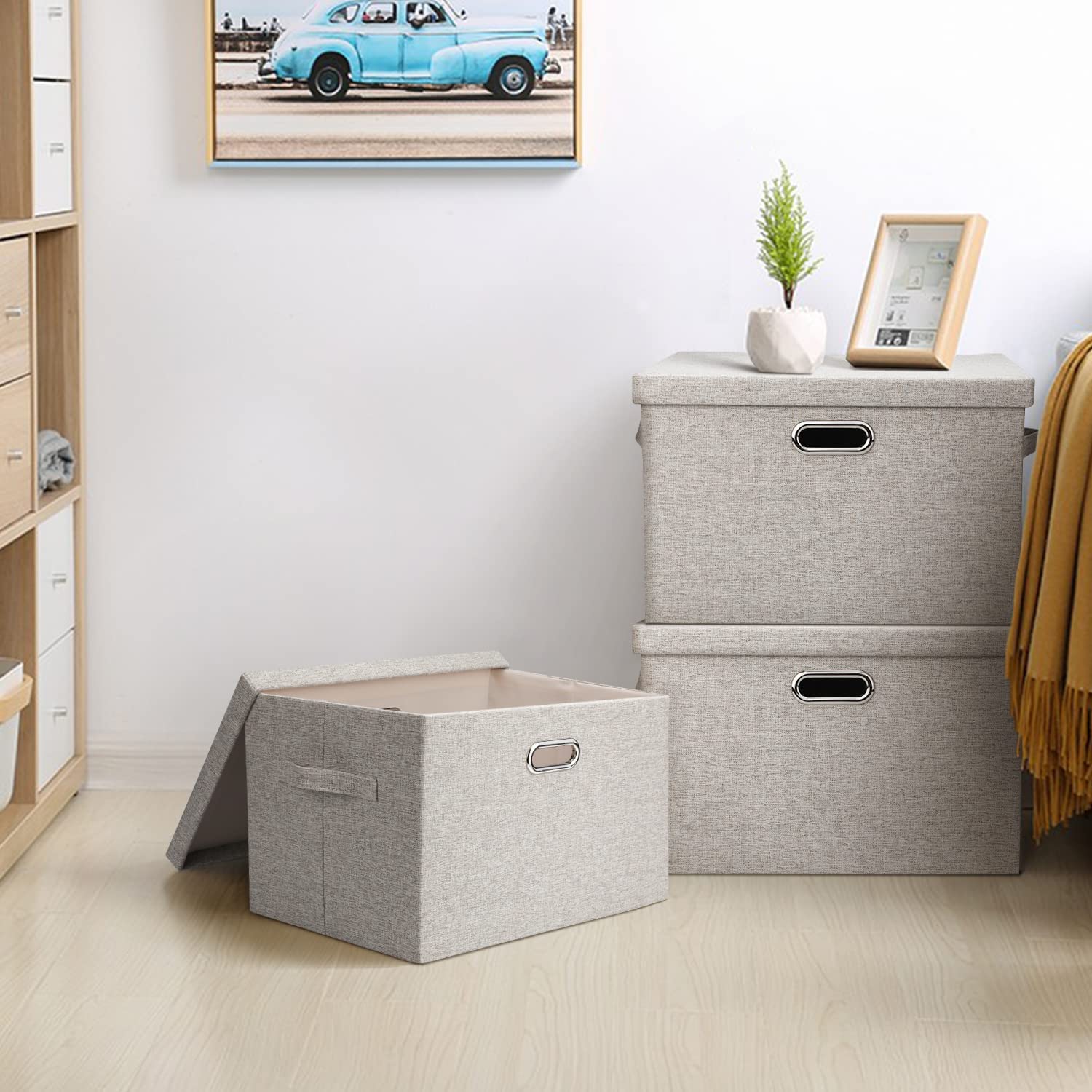
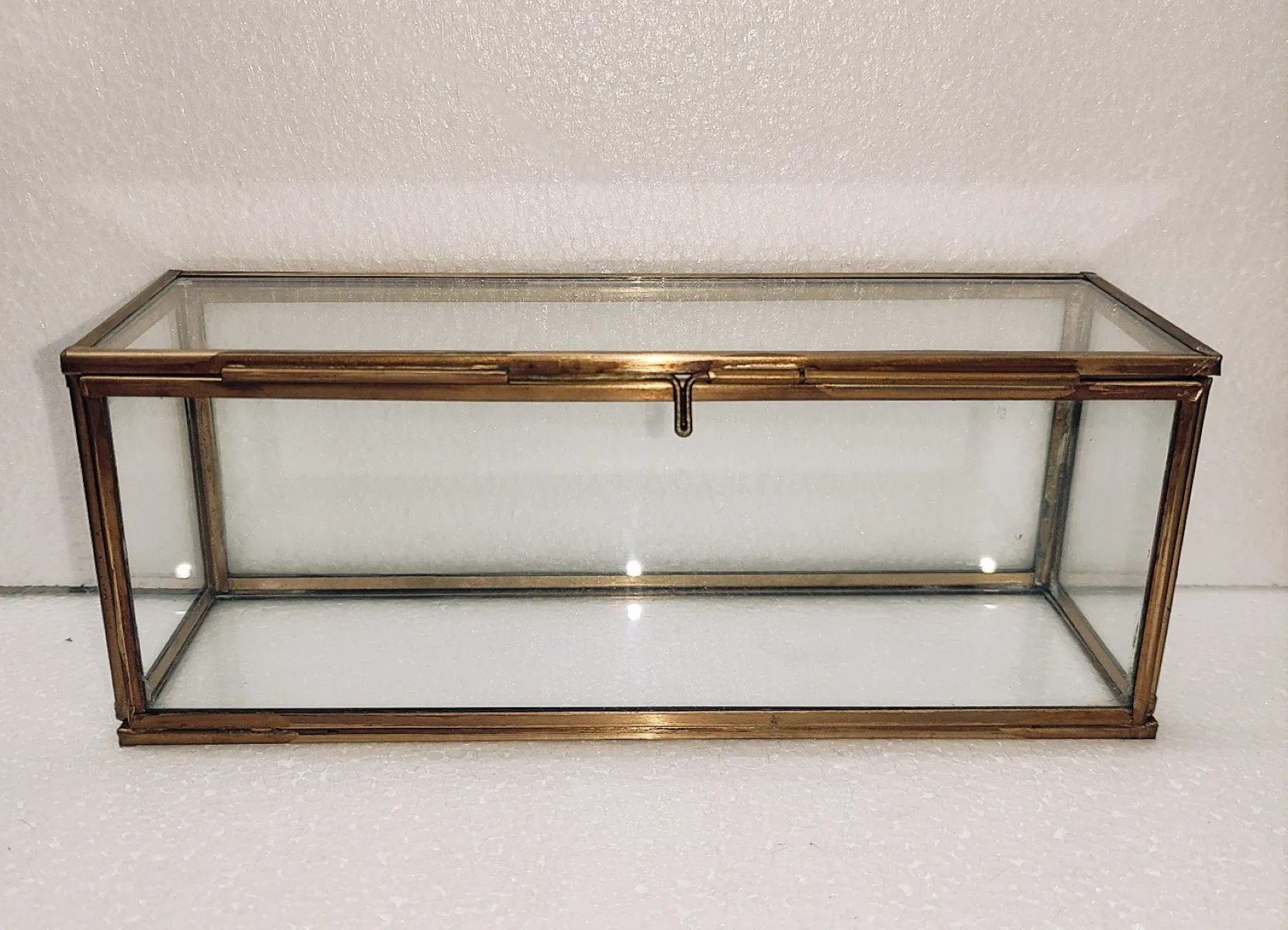
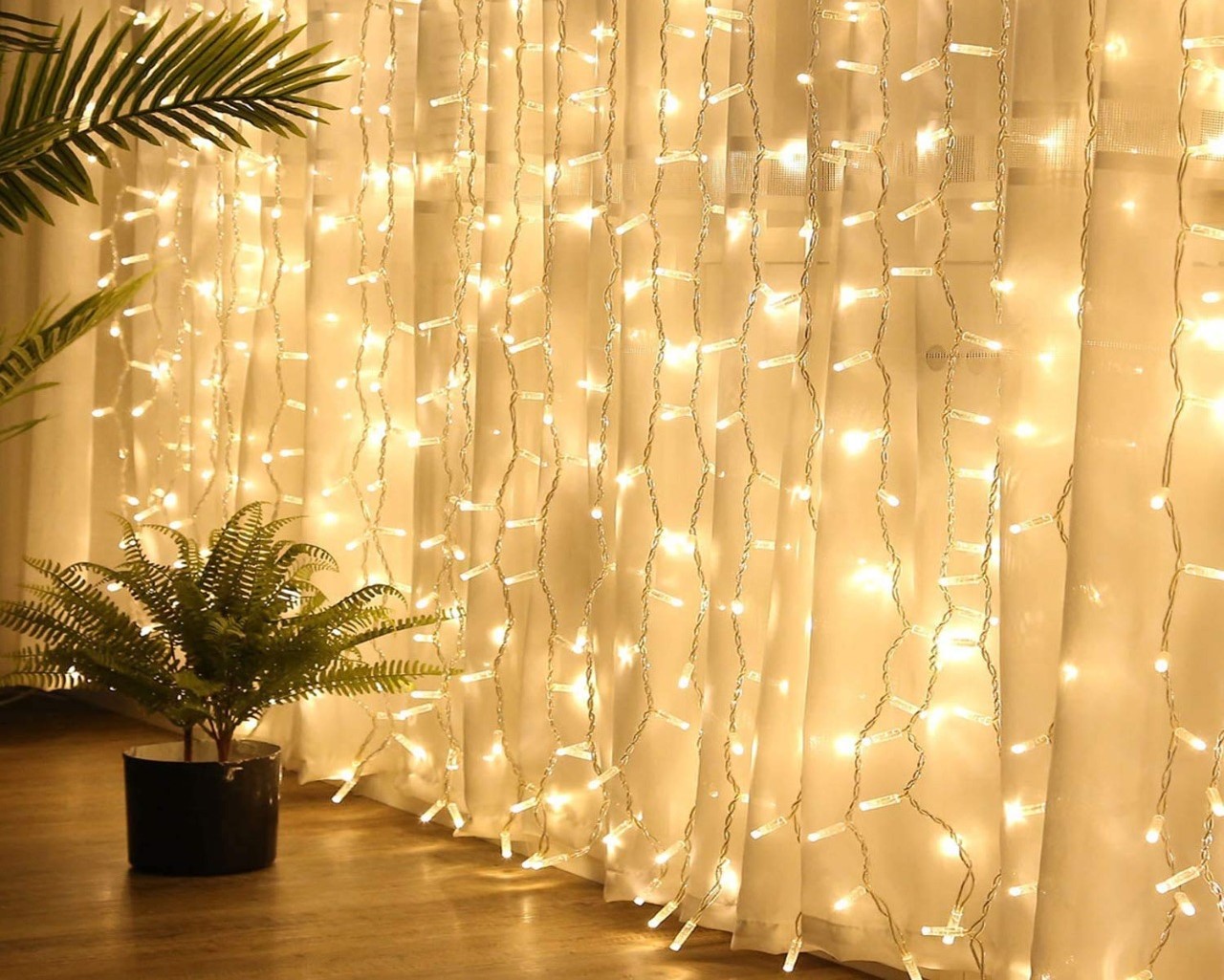
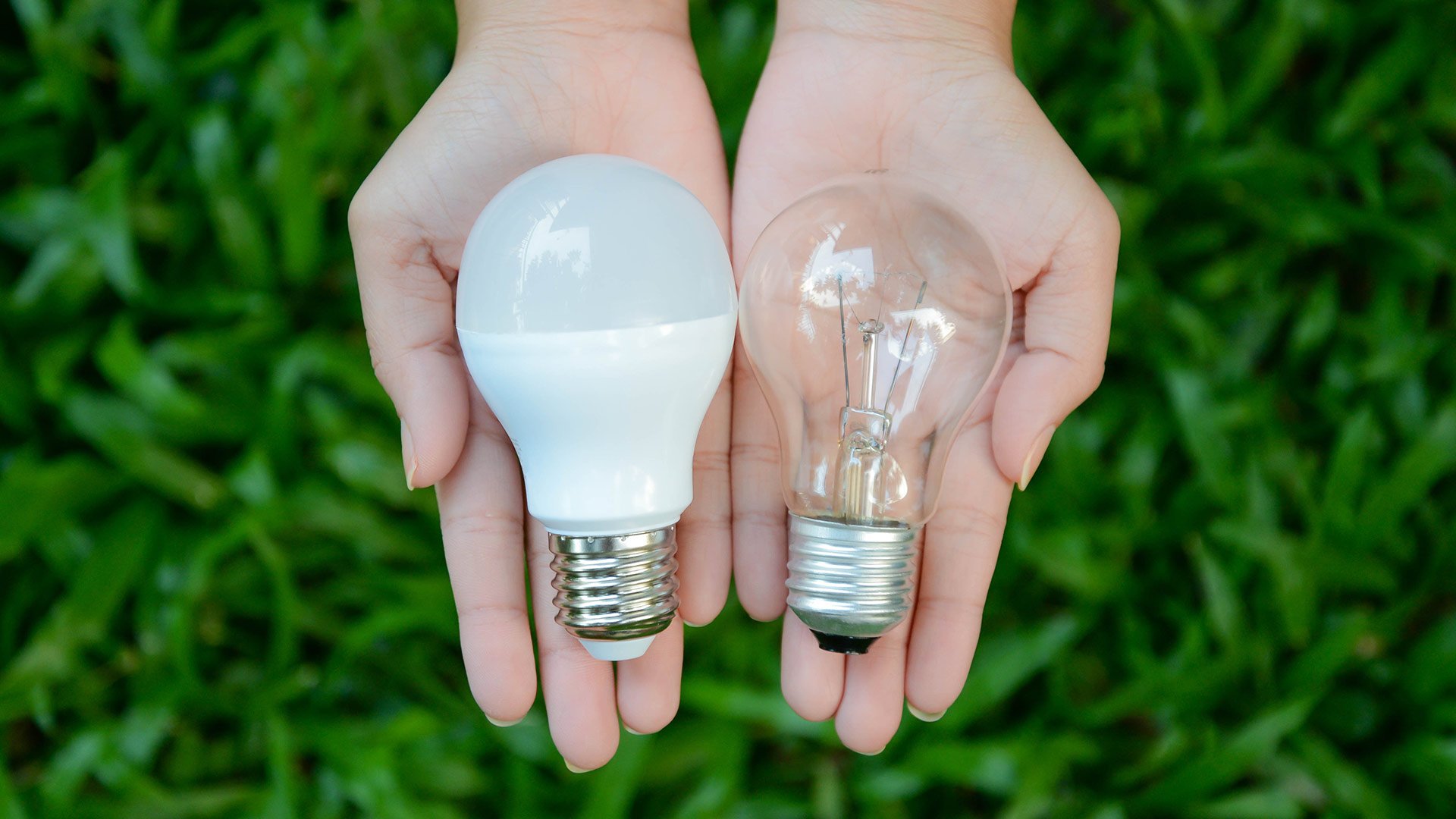
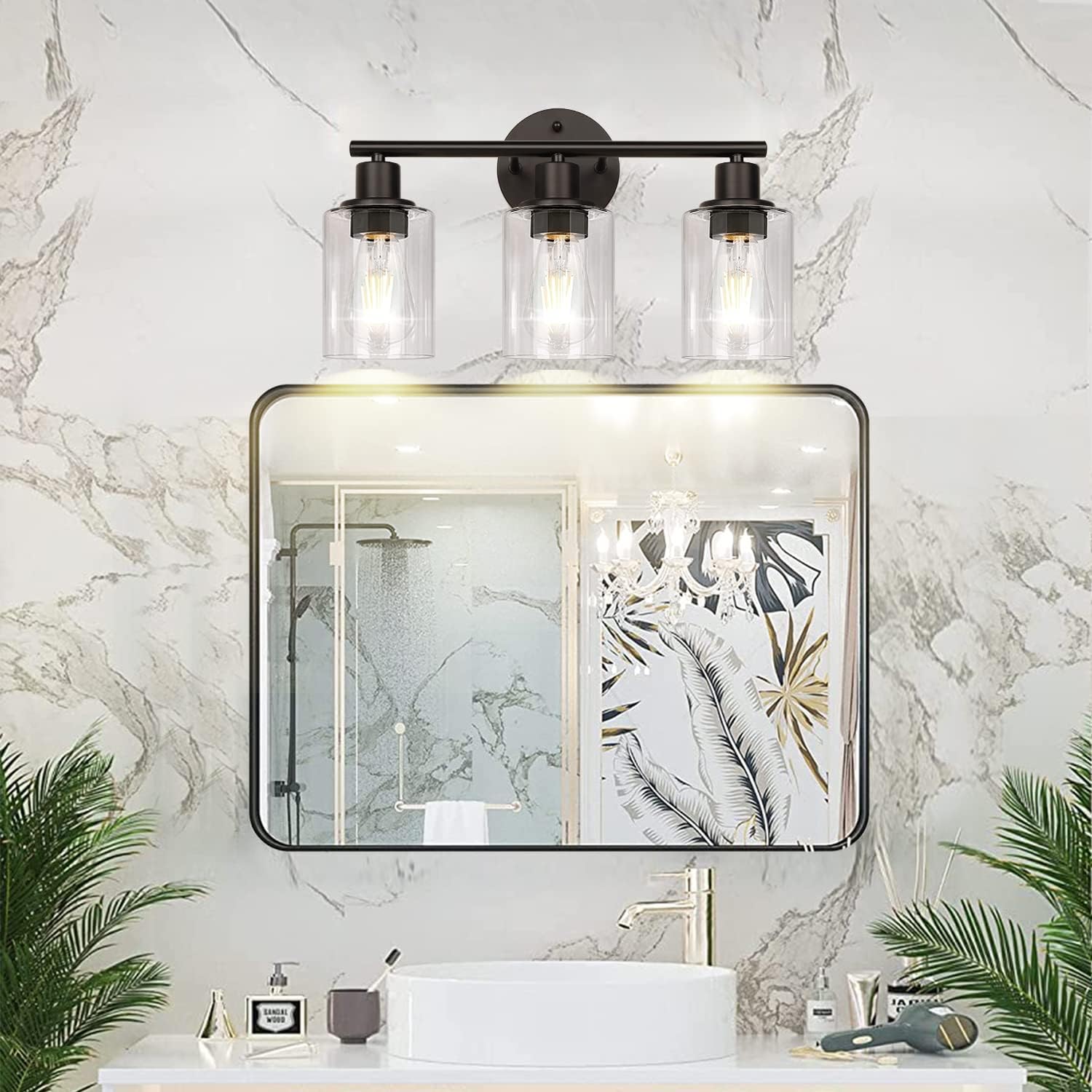

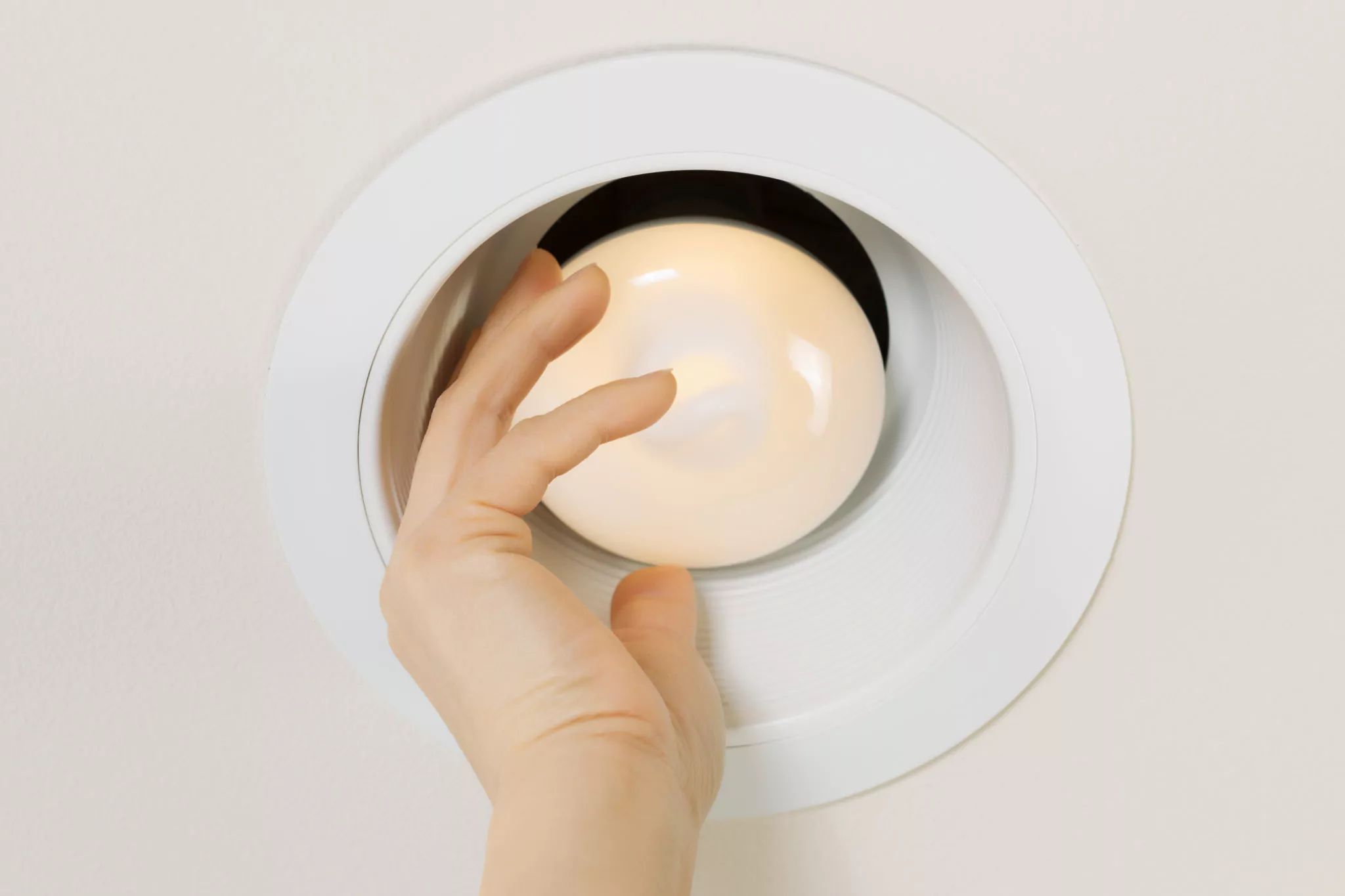

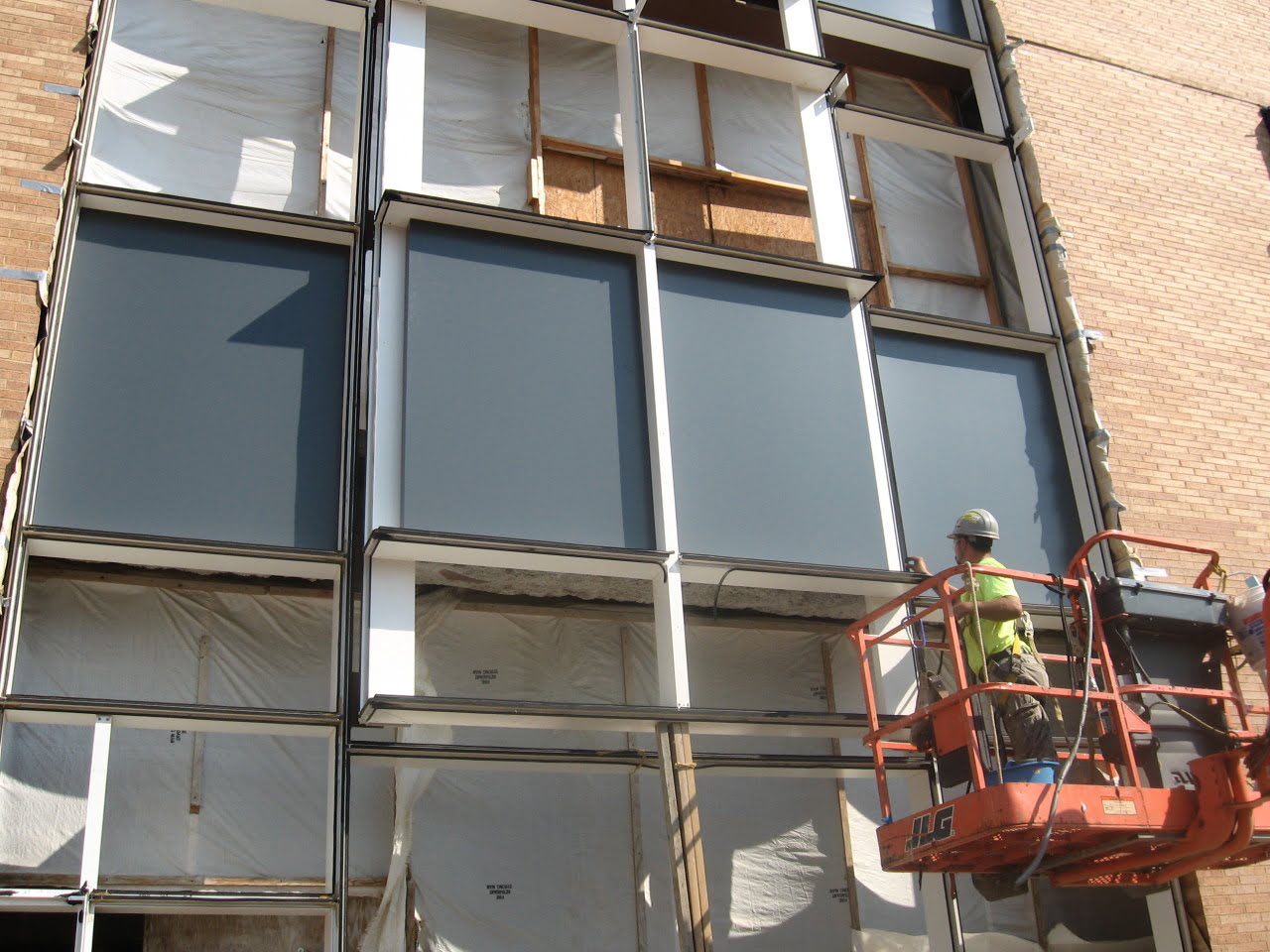
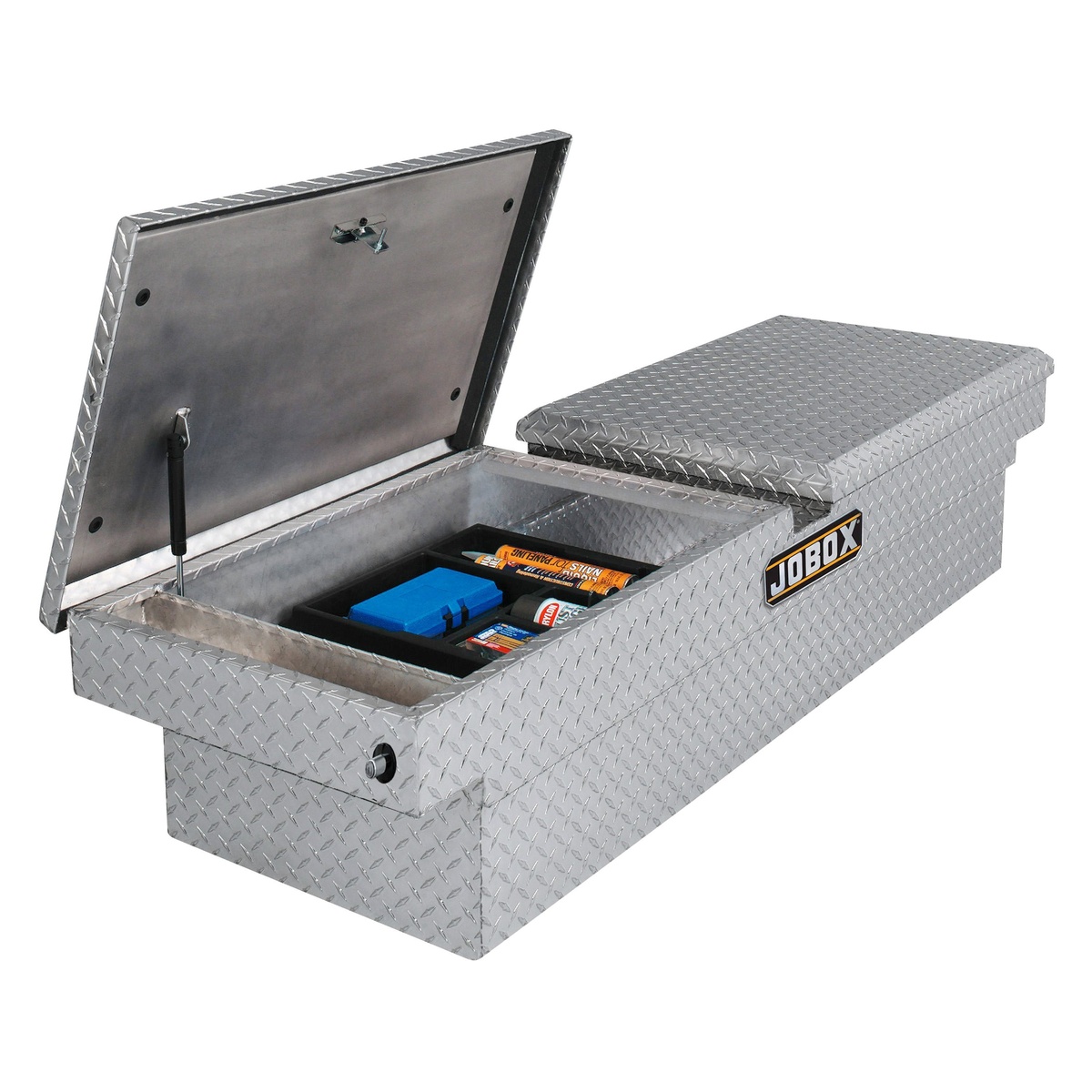
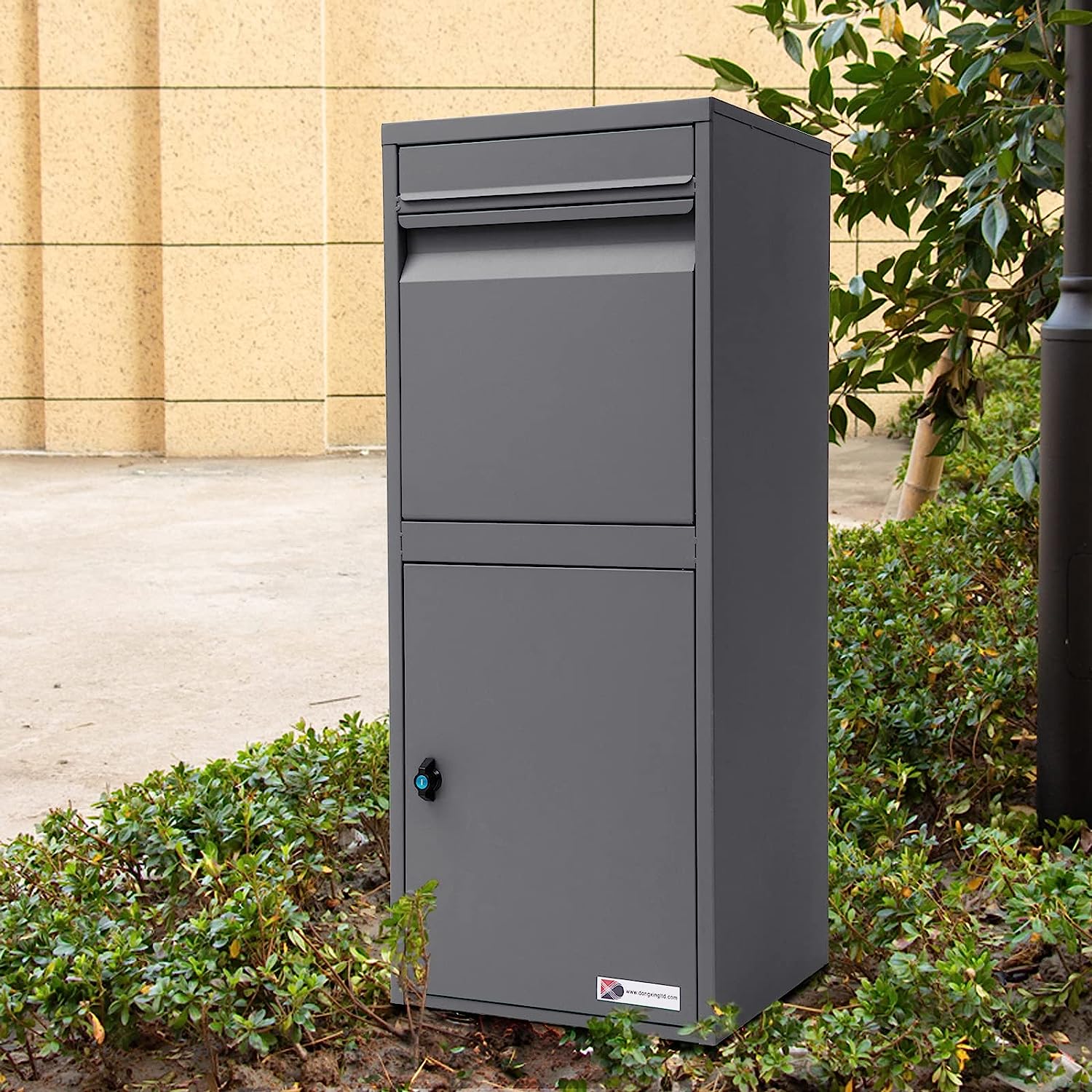
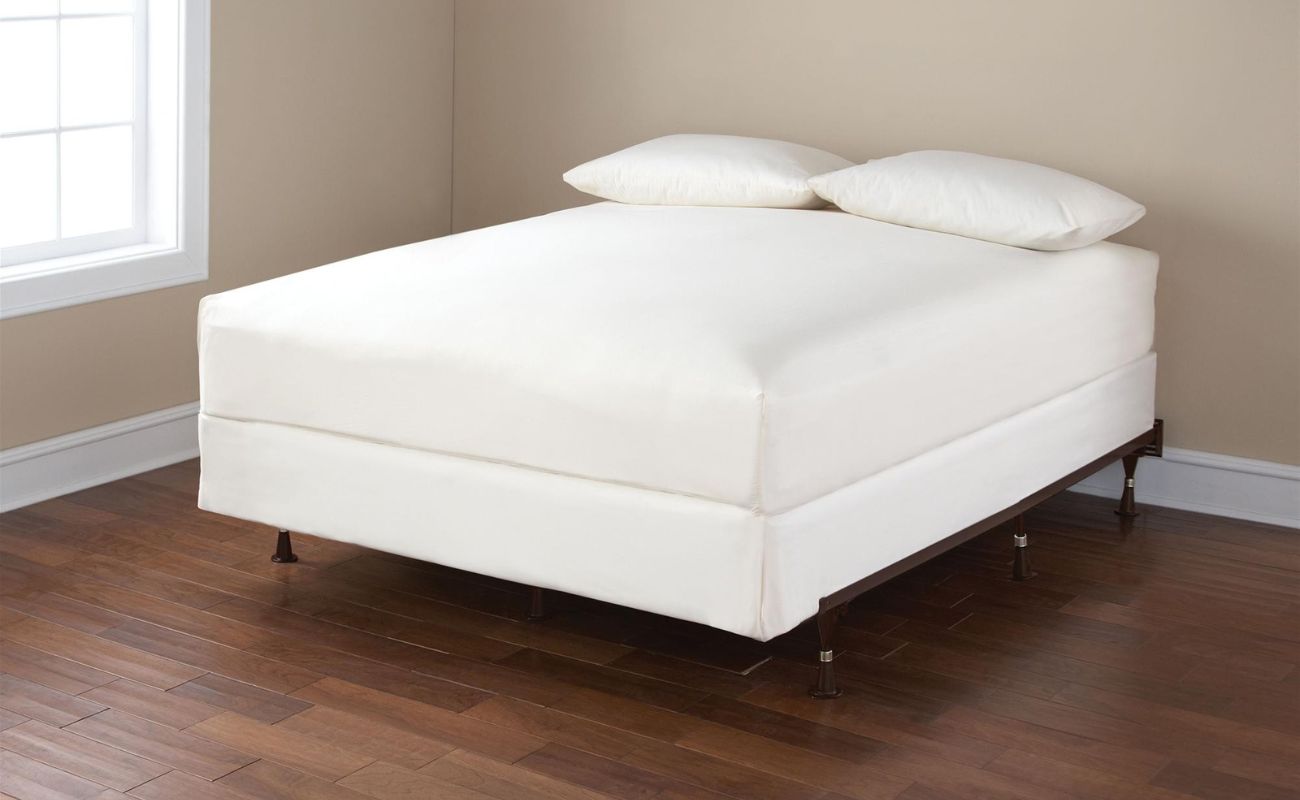

0 thoughts on “What Are Light Boxes”